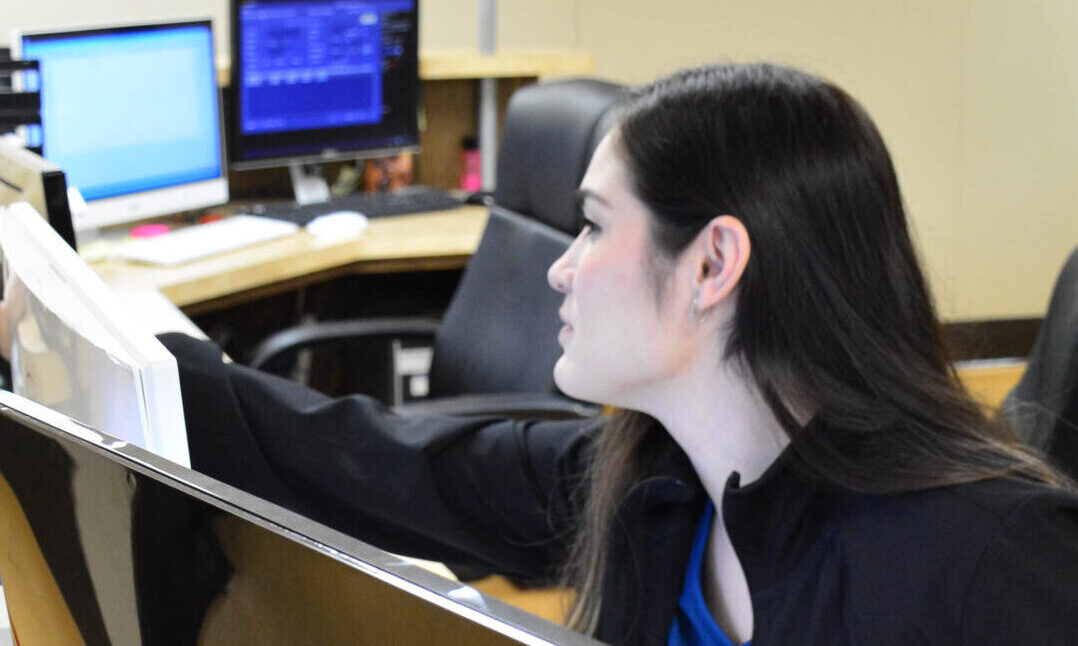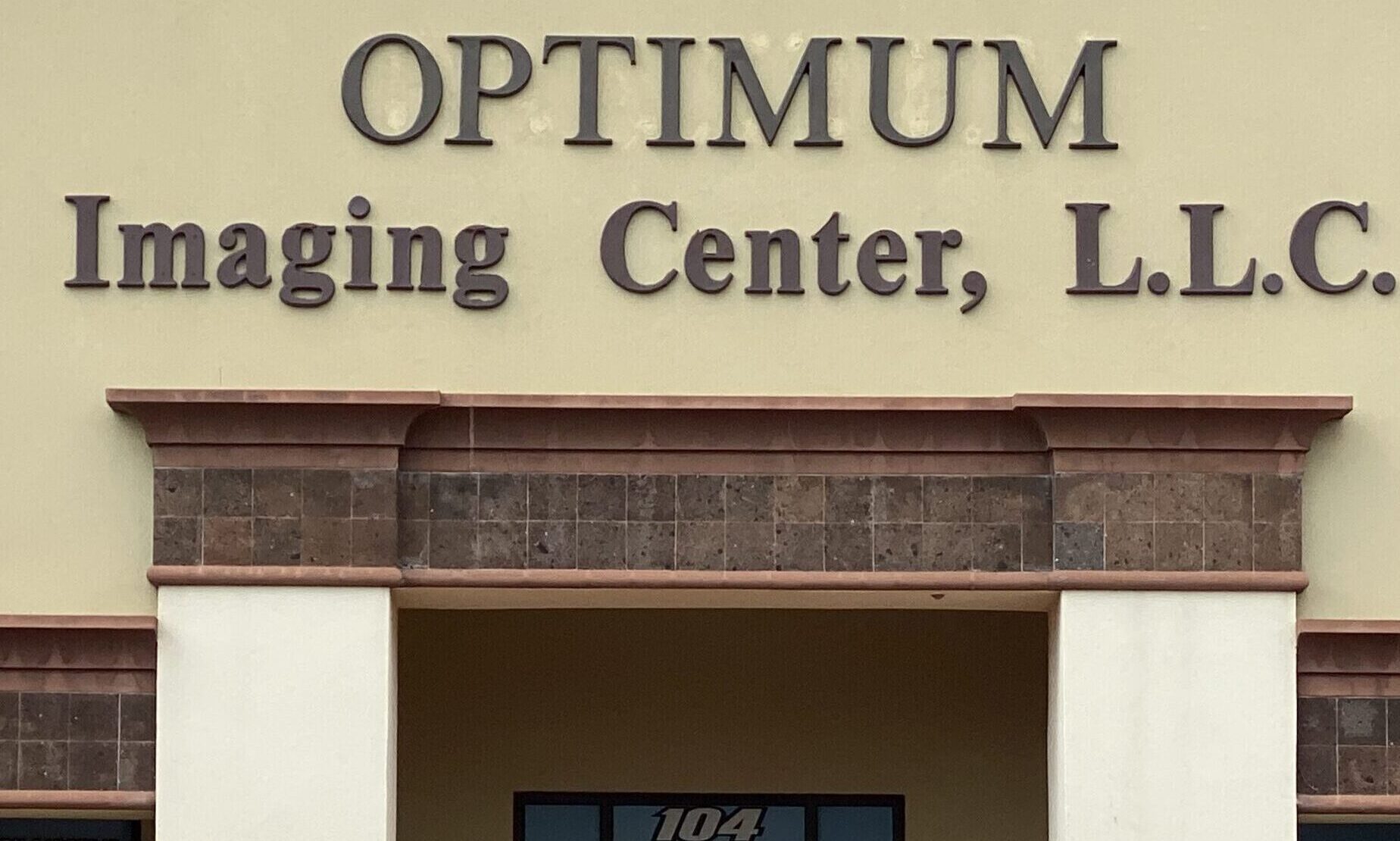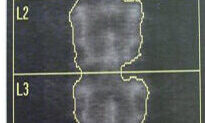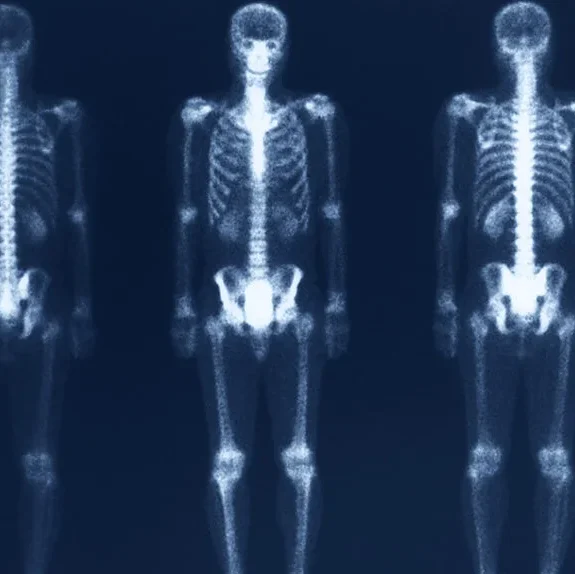WHAT IS A BONE DENSITY SCAN? (DEXA)
Bone density scanning, also known as dual-energy x-ray absorptiometry (DXA) or bone densitometry, is an advanced form of X-ray technology used to measure bone density and assess bone loss. DXA is the established standard for measuring bone mineral density (BMD) today.
An X-ray (radiograph) is a noninvasive medical test that helps physicians diagnose and treat medical conditions. Imaging with X-rays involves exposing a part of the body to a small dose of ionizing radiation to produce pictures of the inside of the body. X-rays are the oldest and most frequently used form of medical imaging.
 Request An Appointment
Request An Appointment
WHOLE BODY SCAN
The team at Optimum Imaging can also provide you with a whole-body density scan. Scanning the whole skeleton helps in diagnosing a wide range of bone disorders, including:
-Fractures
-Arthritis
-Paget’s disease of bone
-Cancer originating in the bone
-Cancer that has metastasized to bone from a different site
-Infection of the joints, joint replacements, or bones
HOW IT WORKS
A DEXA scan (also known as a dual-energy X-ray absorptiometry scan or a bone-density test) uses low-dose X-rays to measure your bone mass. The most common type of DEXA scan—known as a central DEXA scan—measures the bone mass in your hips and spine.
The DXA machine sends a thin, invisible beam of low-dose X-rays with two distinct energy peaks through the bones being examined. One peak is primarily absorbed by soft tissue, while the other is absorbed mainly by bone. The soft tissue amount can be subtracted from the total, and what remains is the patient’s bone mineral density.
Get a Mammography at Optimum Imaging TODAY!
Bone Density Frequently Asked Questions
What happens during a bone density scan?
This test is completely painless and noninvasive. You will lie still on a table positioned between an X-ray generator below and a detector above. The detector will move slowly over your hip and spine. The test typically takes no more than 30 minutes to complete.
Our radiologist will send your results to the doctor who ordered your test. If the results reveal that you have osteoporosis or are at risk for it, your doctor will recommend ways to improve your bone health and reduce your fracture risk.
How should I prepare for a bone density scan (DEXA)?
A DEXA scan at Touchstone Medical Imaging requires minimal preparation. You can eat and drink, usually leading up to the test. However, if you use calcium supplements, refrain from taking them for 24 hours before the scan.
Dress in loose, comfortable clothes. Avoid belts or clothing that have zippers or metal buttons. Leave jewelry at home. If you wear glasses, you may need to remove them during the scan.
How often should I get a bone density test?
Your risk factors and previous testing results determine recommendations for testing frequency. You may need one DEXA test initially, and then you may not need another test for up to 15 years if you have healthy bone density. However, if your scan indicates you have osteopenia or osteoporosis, you may need DEXA scans more frequently. Your doctor can advise you on the frequency of DEXA scans.
What does a bone density test show?
DEXA scans are used to measure bone mineral density. This information can help us determine your likelihood of bone fractures and osteoporosis.
Can a DEXA bone density scan show cancer?
While a DEXA scan isn’t typically used to diagnose cancer, it can provide your care team with vital information to help them determine whether additional testing is needed or if cancer has spread into your bones.
Choose accurate imaging and convenient service with Optimum Imaging
At Optimum Imaging Center, we understand the importance of accurate and timely diagnostic imaging in your healthcare journey. When you choose us, you’re choosing excellence in patient care, cutting-edge technology, and a team of experienced professionals dedicated to your well-being.
When you trust us with your imaging needs, you’re not just another patient. Your health is our top priority, and we’re here to provide you with personalized care and attention that you won’t find anywhere else.



